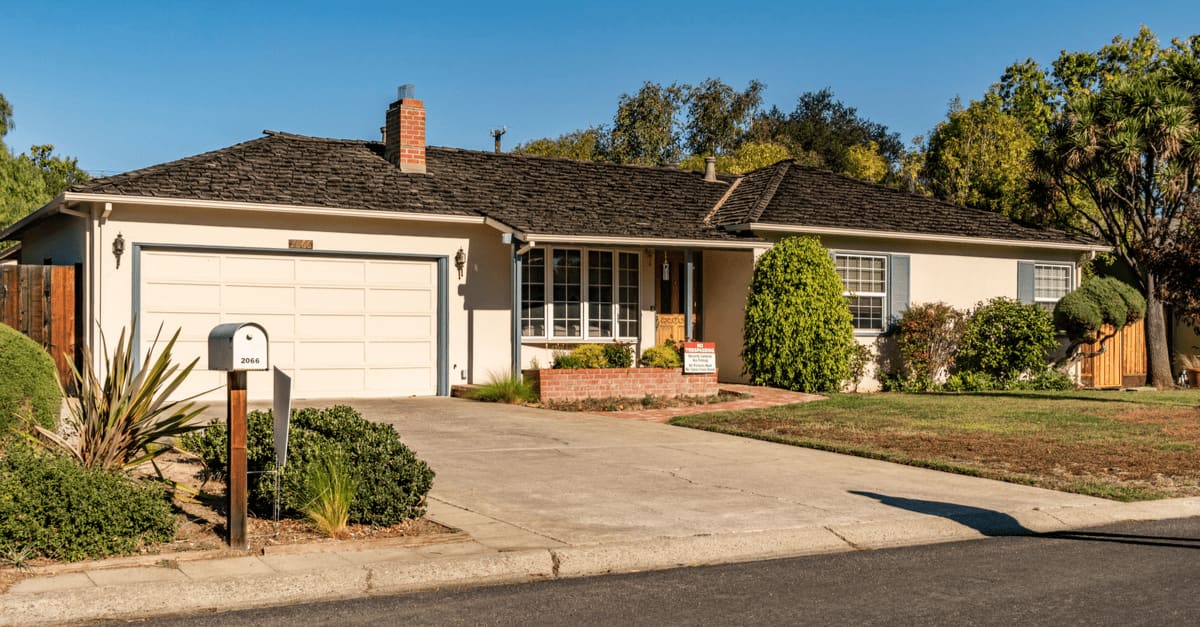For most of us, a home is more than a place to live – it represents the biggest investment many of us will make. Beyond the financial implications, a home is packed with possessions and memories. That’s why choosing the right homeowners insurance policy is so important.
Homeowners insurance is more than a hedge against significant financial losses – it offers the peace of mind that you’re protecting the place that matters most. A homeowners insurance policy protects your home and its contents against damage from a covered loss.
Typically, lenders require homeowners insurance to get a mortgage. However, policy costs can vary significantly from one company to the next. We’ve compiled this guide to help you get the best and cheapest insurance for your needs.
State Farm
State Farm is No. 1 in our rating of cheapest home insurance companies. Its policies can only be purchased from a State Farm agent, although you can begin the quote process online. The good news is that State Farm does have a large network of agents throughout the country, so finding a representative who is close by shouldn’t be an issue for most customers. It’s worth noting that State Farm isn’t offering new homeowners insurance policies in California, Massachusetts, or Rhode Island, but will honor current policyholders.
While it has the least expensive rates on average in our rating, State Farm doesn’t offer the range of discounts available from other insurers in our analysis. For example, Travelers offers discounts for being claims-free or having a Leadership Energy and Environmental Design (LEED)-certified “green home.”
State Farm does provide a number of coverage options, including options for water backup, identity theft, and service lines, as well as extended coverage for business property, rebuilding or repairing your home to current building ordinances, and your valuables.
Travelers
Travelers is No. 2 in our rating of the cheapest insurance companies. It offers a coverage option that will help you to rebuild or repair your home with eco-friendly or high-efficiency materials after a covered loss. It also offers a discount for having a Leadership Energy and Environmental Design (LEED) certified home.
There are also coverages for water backup, replacement cost for your dwelling and personal belongings, and coverage specifically for your valuable items. There are also discounts for bundling, being claims-free, recently purchasing a home, and having protective devices such as an alarm system or a smoke detector installed.
Nationwide
No. 3 Nationwide’s standard policy comes with everything you’d expect in a homeowners policy like coverage for your dwelling, personal belongings, liability, guest medical coverage, and loss of use, but it also includes coverage for credit cards and building ordinances. The latter means that after a covered loss, Nationwide would help pay to rebuild or repair your home to meet current building codes.
In addition, there are the usual coverage options for water backup, valuable items, and replacement costs for your personal belongings and dwelling, as well as options for identity theft. There is also an option that would pay to rebuild your roof with stronger roofing materials after a covered loss.
Nationwide also has several discounts for bundling, protective devices, being claims-free, and having a smart home. But there are discounts for renovating your home’s electrical, plumbing, and heating and cooling systems.
How Much Is Homeowners Insurance?
Our data shows that homeowners insurance costs can vary widely by insurance company, even when getting quotes for identical coverage. For our sample home, we found a broad range of average monthly rates, from a low of $88.83 with State Farm to a high of $264 with Allstate.
Different carriers charge different insurance rates, but the amount can also depend on factors about your home. Your ZIP code is one predictor of the average cost you’ll pay. Insurers consider the value of homes there, how many claims are filed in your area, and if you have a professional fire department nearby, as the Insurance Information Institute (III) points out. Older houses usually cost more to insure because they can be more disaster-prone, and you can often get discounts by having a new or newly renovated home. Larger, more expensive homes are usually costly to insure since they cost more to replace.
You may not want to pick your address based on potential insurance costs, but you can consider other factors to lower your premiums. Higher deductibles, if you can afford them in the event you file a claim, can help you save on premiums. So can bundling your home insurance with other policies (like auto or life insurance).
On the other hand, add-ons to your policy covering additional risks like flooding, earthquake damage, water backup, or personal liability will raise your premium.
How to Save on Homeowners Insurance
While homeowners insurance is essential, you don’t want to overpay for it. Fortunately, there are several ways to keep your premium as low as possible.
Bundle your coverage. Many insurance companies will give you a discount if you bundle your homeowners insurance with your car insurance or another kind of policy.
Raise your deductible. If you’re willing to pay a higher deductible when you make a claim – for instance, $2,000 vs. $500 – your monthly premium will drop. Be sure to choose a deductible you can afford to pay if you need to file a claim.
Add security features. Your home may already have the safety basics covered, such as smoke alarms and deadbolt locks. However, adding features like a security system, fire sprinklers, storm shutters, or reinforced glass might help you save more.
Keep your credit history clean. Most states allow insurers to consider your credit history, assigning a credit-based insurance score. If you’ve struggled with on-time payments or maxing out your borrowing limits, your insurer may raise your premiums because you’re a riskier customer.
Ask about other discounts. Some potential price breaks aren’t as obvious. For example, your insurer may lower your rate simply because you agree to pay your yearly premium in full, choose energy-efficient appliances, or have been a customer for several years.
Don’t add an “attractive nuisance.” Common backyard features such as pools, trampolines, or playgrounds can lure kids onto your property, where they may sustain a costly injury. This can be expensive for you in the long run.
Several factors influence the cost of your homeowners insurance. You may be able to address some of these issues to save on your premiums, but others may be beyond your control.
Location
Your home’s location is one of the largest factors in determining your homeowners insurance rates – and among the hardest to change. For instance, you’ll pay more if you live in an area at higher risk of crime or weather-related disasters (like hurricanes), or less if you live close to a fire station.
Your home’s value
Do you live in a sprawling new build? A modest ranch? The more your insurer thinks it’ll cost to rebuild your home, the more you’re likely to pay.
Level of risk
The price of your homeowners insurance will also reflect how “risky” your insurer thinks you are – that is, whether you’re more or less likely than the average Joe to file a claim. A good credit history may signal less risk. Being married can also work in your favor. Insurers also look at how many claims you’ve filed in the past – the fewer past claims, the better.
Home features
Insurers will consider home features that signal more or less risk. For example, swimming pools and trampolines may increase the chance someone is injured on your property. Insurance companies may also consider if you have an older heating, plumbing, or electrical system, as they risk breaking down sooner rather than later.
Claims history
Home insurance companies consider your claims history when deciding whether to sell you a policy and how much your premium will be. While companies can’t charge you more for claims resulting from weather, they can increase your rates based on other claim types.
Most insurance companies use Comprehensive Loss Underwriting Exchange (CLUE) reports to evaluate your claims history. The CLUE report includes all homeowners (and auto) claims that you’ve filed for the past seven years, so even if you filed a claim with a previous insurance company, a new company can still access that information.




